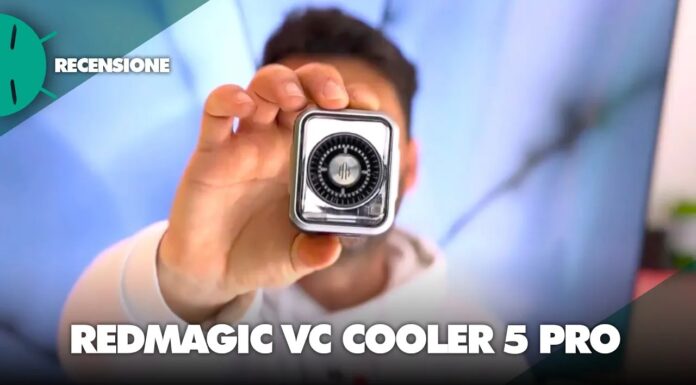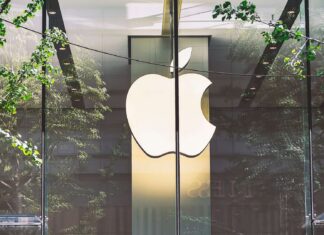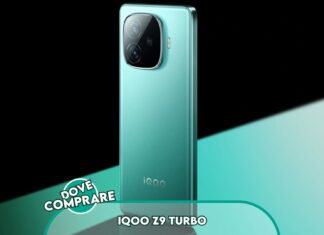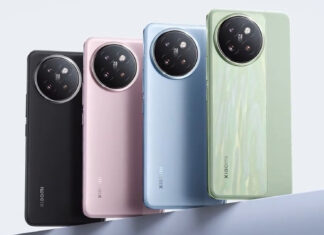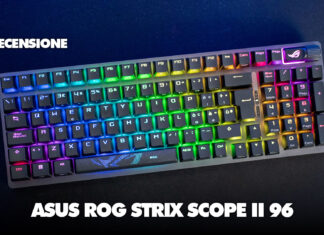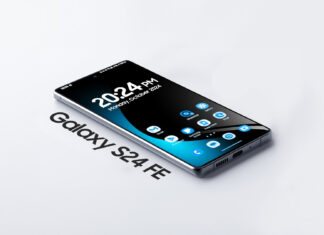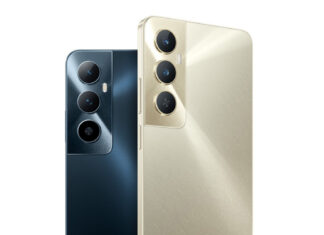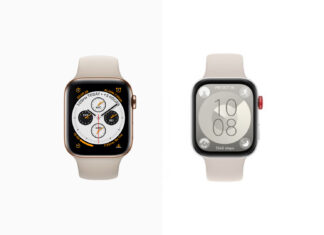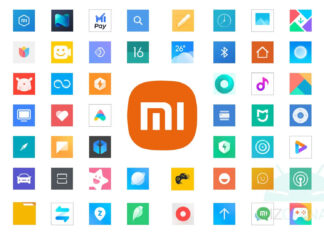Di tendenza
ULTIMI ARTICOLI
Recensione REDMAGIC VC Cooler 5 Pro: il dissipatore per smartphone universale, che migliora le...
Il prodotto di cui vi parleremo oggi è davvero molto particolare. Uno dei più grandi problemi degli smartphone odierni, soprattutto quelli animati dal nuovo Snap 8 Gen 3 di Qualcomm, è il thermal throttling....
Apple: un team “segreto” in Europa per progettare la sua AI
Non è certamente un segreto che Apple si stia preparando per l'arrivo dell'intelligenza artificiale sui suoi prodotti, ma a quanto pare l'azienda statunitense non sta operando soltanto sul suolo americano, ma anche nel vecchio...
Dove comprare iQOO Z9 Turbo: è il rivale di Redmi Turbo 3!
L'abbiamo detto in varie occasioni e lo ribadiamo anche adesso: è davvero un peccato non avere gli smartphone iQOO anche alle nostre latitudini, dato che si tratta quasi sempre di dispositivi interessantissimi (sotto il...
Le password troppo deboli diventano illegali in Europa e UK: ecco perché
Grazie alle nuove leggi in arrivo sia in Europa che nel Regno Unito, le password troppo deboli diventeranno ufficialmente illegali, soprattutto per una determinata categoria di prodotti. Le nuove regole per la cybersecurity, infatti,...
Dopo 5 anni, Xiaomi sta per rilanciare la variante SE per Xiaomi 14
A volte ritornano: un'azienda come Xiaomi ha creato così tante varianti dei suoi smartphone che di tanto in tanto alcune rifanno capolino, per esempio con Xiaomi 14 SE. Come i più aficionados del marchio...
Recensione ASUS Rog Strix Scope II 96: tastiera wireless da gaming senza compromessi
Per anni il settore dei mouse e delle tastiera non ha rivestito grande importanza, ma non perchè fossero accessori inutil (perchè di fatto sono fondamentali per l'utilizzo di un PC, al pari di un...
Samsung Galaxy S24 FE si farà: specifiche migliori ma non sarà tascabile
Aggiornamento 01/05: nuovi dettagli sulle specifiche di Samsung Galaxy S24 FE, trovate tutti i dettagli nell'articolo.
Non è mai facile capire cosa aspettarsi dalla famiglia Fan Edition di Samsung: per esempio, ci sarà o meno...
Realme C65 ufficiale in Italia: costa poco e si può usare senza toccarlo
Aggiornamento 01/05: Realme C65 arriva in Italia, trovate tutti i dettagli nell'articolo.
Nonostante l'attenzione sia rivolta verso i prossimi GT 6, GT Neo 6 e GT Neo 6 SE, oggi è il giorno della presentazione...
Huawei Watch Fit 3, specifiche e immagini: look molto controverso
Aggiornamento 01/05: svelate anche le specifiche dello smartwatch Huawei, le trovate nell'articolo.
Non è stato presentato assieme alla nuova serie Pura 70 come si vociferava in precedenza, ma il lancio di Huawei Watch Fit 3...
Xiaomi: scarica l’ultima versione di tutte le app MIUI | Download
Come ogni interfaccia proprietaria che si rispetti, anche la MIUI di Xiaomi trae forza dalle app di sistema che arricchiscono gli smartphone. In confronto all'esperienza stock di Android, Xiaomi è uno dei produttori che...






